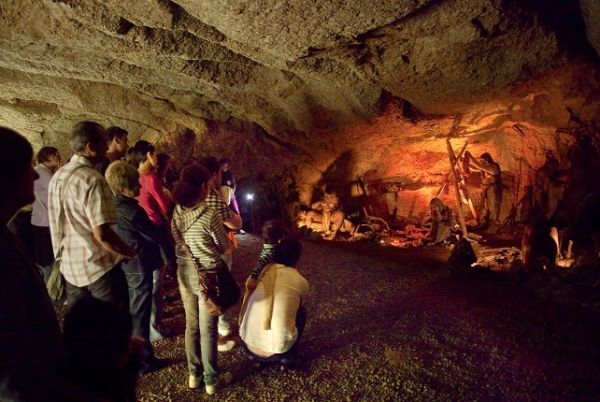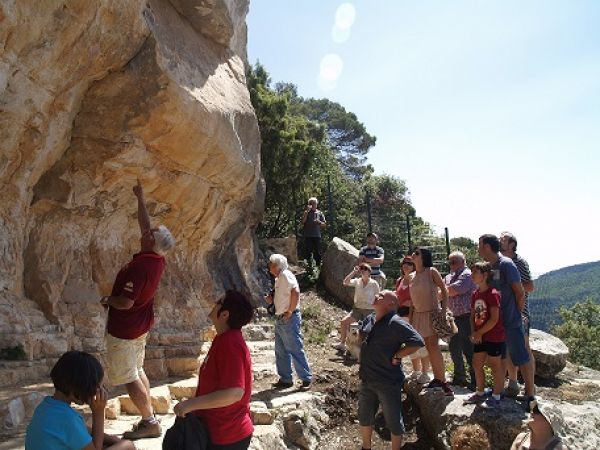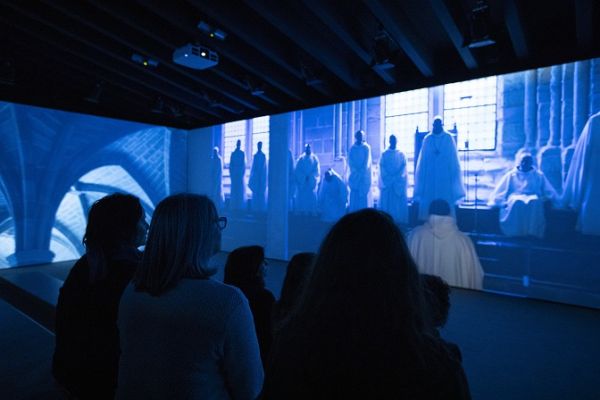MONTBLANC You start in Montblanc, the capital of
Conca de Barberà, to take a stroll around the
historic centre and the walls, which are the scene of the
legend of Sant Jordi. You can visit on your own or, if you prefer, you can contact the Tourist Office for a
guided tour that will provide a more thorough treatment of the secrets of this
walled town.
In Montblanc you can also visit the
Muntanyes de Prades Cave Art Interpretation Centre. This mountain range contains
15 cave art locations dating from between 9,000 and 2,000 years BCE that speak to us about
our forebears' real and symbolic worlds. If you want to visit the caves themselves you can contract a guided visit that will take you to them in a 4x4 vehicle. These paintings are catalogued as
UNESCO World Heritage and they form part of the Museu d’Arqueologia de
Catalunya Rock Art Route.
ESPLUGA DE FRANCOLÍ From Montblanc you go to
L’Espluga de Francolí where you are awaited by the
Museu de la Vida Rural (Rural Life Museum), the
Fassina Balanyà, the
Museu del Vi and, above all, the
Cova Museu de la Font Major, where a Palaeolithic sanctuary was recently discovered with more than
100 engravings.
VIMBODÍ AND POBLETLeaving Espluga you set off to Vimbodí i Poblet where you will find the
Royal Monastery of Santa Maria de Poblet, which is also catalogued as a
UNESCO World Heritage Site. The monastery has a new visitor centre with videos, immersive projections and interactive panels that provide a
new look at the meaning of
monastic life in the 21st century. These audiovisual resources round off the visit to the three key sites of the
Cistercian Route, which can be followed on foot or by bicycle, and which links this monastery with those of
Santes Creus and
Vallbona de les Monges.
*An excursion proposed in collaboration with the magazine Descobrir.


